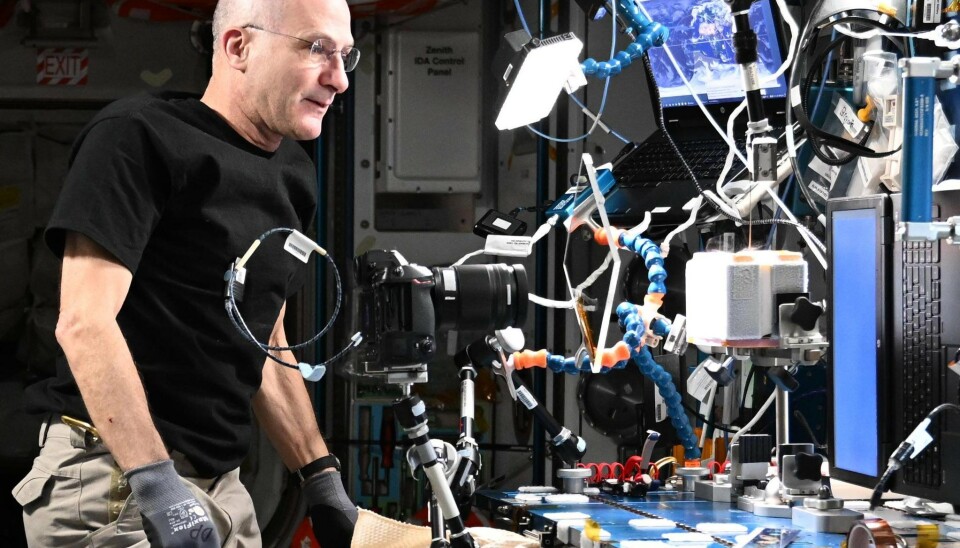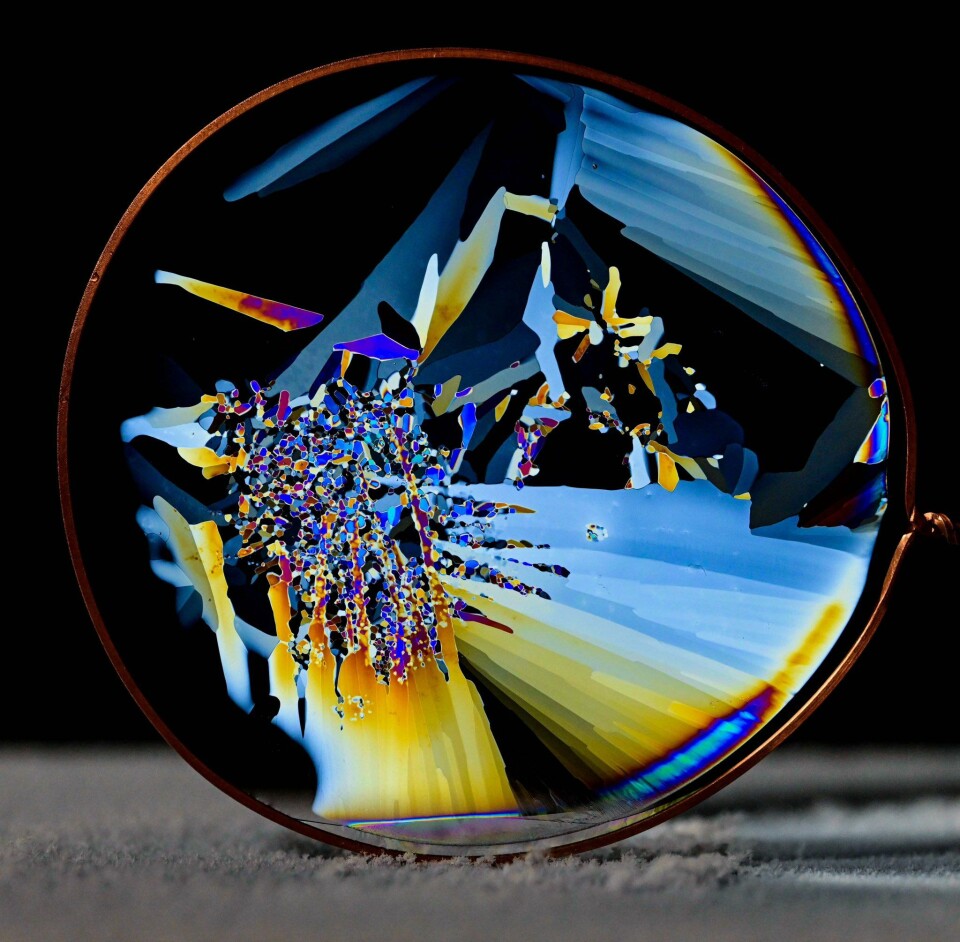Photo for Science

See the Astronaut's Photo Experiment - Photographed on the Space Station
NASA astronaut Don Pettit conducts experiments on the International Space Station ISS - and photographs ice crystals in weightlessness.
"Science and art, or art and science; related subjects where it really doesn't matter which comes first," writes NASA astronaut Don Pettit, who Kamera & Bild has both interviewed and written about several times before.
Pettit is currently up on the International Space Station ISS, where he is conducting experiments in weightlessness on his own initiative. As a photographer, he has also tried to incorporate photography as part of the experiments.

This is what he writes himself on platform X about his experiments:
"I have access to a freezer maintained at -95 degrees Celsius (-140 °F). What would you do with such a freezer in space?
I decided to grow thin slices of water ice, for no other reason than that I am in space and can. Additionally, I wanted to see how the freezing front behaves in microgravity (without gravitational buoyancy, how does the freezing front affect the small bubbles?). Here is a frame from a whole series. I photographed the ice (second image) between crossed polarizers, where I used a white (empty) laptop screen as a light source/polarizer along with an analyzer (polarizing filter) that I strategically packed in my personal luggage.
Science, or perhaps Nature, has an ability to reveal surprising beauty to those who are willing to look."
Melting like the Wicked Witch of the West. Ice wafer squirming back and forth as it turns back into water. Individual crystals are made visible under polarized light, initially starting at -95 C (-140 F).
— Don Pettit (@astro_Pettit) October 29, 2024
Melting timelapse sequence assembled from digital still images over about… pic.twitter.com/pPGD7N5Xow
Photography can be done by Pettit with the many cameras and lenses now available on the ISS since a new batch of gadgets was sent up earlier this year: 13 unmodified Nikon Z9 cameras and 15 lenses then arrived at the ISS for research and documentation. Astronaut Matthew Dominick has also used the equipment to photograph a magical aurora.


